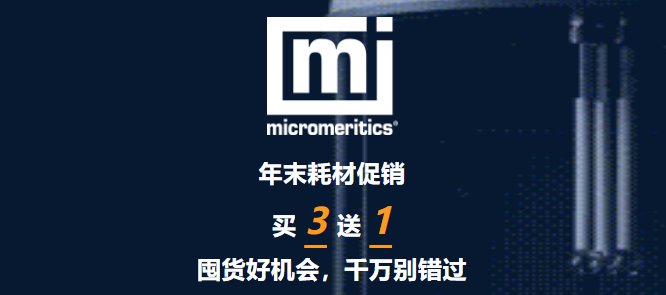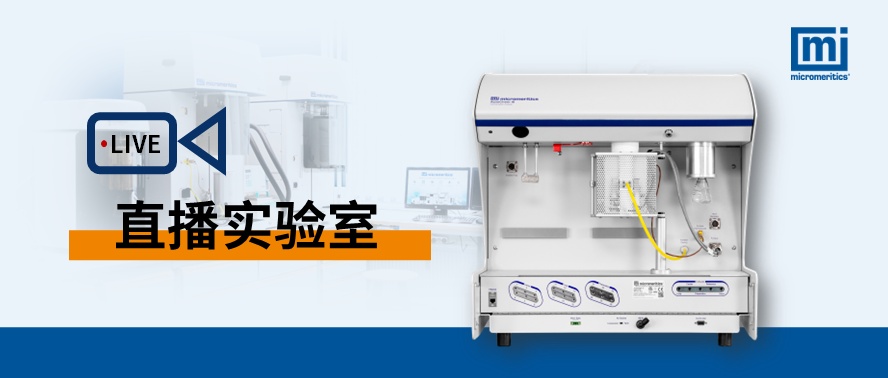每周分享:Coke deactivation of Ni and Co catalysts in ethanol steam reforming at mild temperatures in a fluidized bed reactor
美國麥克儀器 2014-08-05 | 閱讀:1313
今天給大家分享的是2014年7月份 《International Journal of Hydrogen Energy》上發表的一篇名為:Coke deactivation of Ni and Co catalysts in ethanol steam reforming at mild temperatures in a fluidized bed reactor
文章摘要如下:
The deactivation by coke deposition of Ni and Co catalysts in the steam reforming of ethanol has been studied in a fluidized bed reactor under the following conditions: 500 and 700 °C; steam/ethanol molar ratio, 6; space time, 0.14 gcatalyst h/gethanol, partial pressure of ethanol in the feed, 0.11 bar, and time on stream up to 20 h. The decrease in activity depends mainly on the nature of the coke deposited on the catalysts, as well as on the physical–chemical properties (BET surface area, pore volume, metal surface area) of the catalysts. At 500 °C (suitable temperature for enhancing the WGS reaction, decreasing energy requirements and avoiding Ni sintering), the main cause of deactivation is the encapsulating coke fraction (monoatomic and polymeric carbon) that blocks metallic sites, whereas the fibrous coke fraction (filamentous carbon) coats catalyst particles and increases their size with time on stream with a low effect on deactivation, especially for catalysts with high surface area. The catalyst with 10 wt% Ni supported on SiO2 strikes a suitable balance between reforming activity and stability, given that both the capability of Ni for dehydrogenation and C–C breakage and the porous structure of SiO2 support enhance the formation of filamentous coke with low deactivation. This catalyst is suitable for use at 500 °C in a fluidized bed, in which the collision among particles causes the removal of the external filamentous coke, thus minimizing the pore blockage of the SiO2. At 700 °C, the coke content in the catalyst is low, with the coke being of filamentous nature and with a highly graphitic structure.
該文章中材料表征采用的是美國麥克儀器AutoChem 2920
詳情可參考下面鏈接:
http://www.sciencedirect.com/science/article/pii/S0360319914017728

 金牌會員
金牌會員 金牌會員
金牌會員 已認證
已認證
 金牌會員
金牌會員 已認證
已認證


